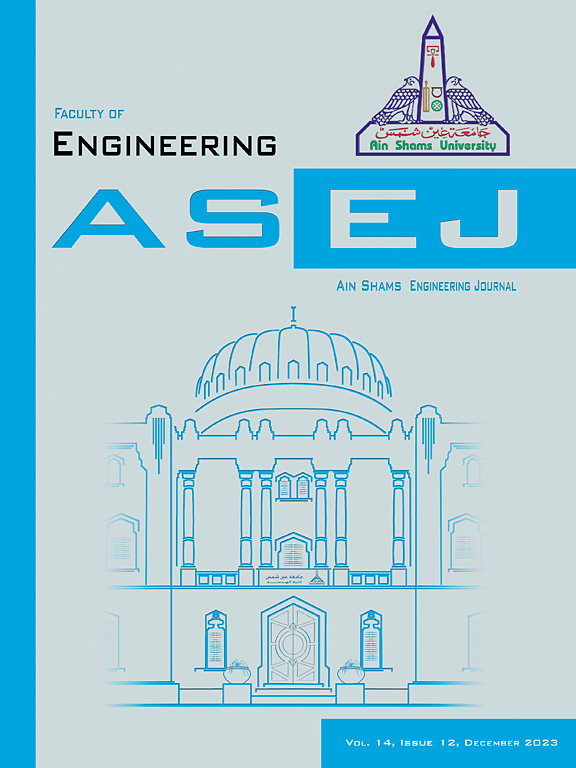Enhancing model characterization of PEM Fuel cells with human memory optimizer including sensitivity and uncertainty analysis
IF 6
2区 工程技术
Q1 ENGINEERING, MULTIDISCIPLINARY
引用次数: 0
Abstract
This paper presents a novel attempt to identify the seven unknown proton exchange membrane (PEM) Fuel Cells (PEMFCs)’ parameters. The sum of quadratic deviations (SQD) between the appropriate estimated model-based and the measured dataset points is used to define the cost function. A human memory optimizer (HMO) is employed to decide on the best PEMFC parameters within acceptable boundaries. The AVISTA SR-12, BCS 500-W, NedStack PS6 6-kW, and 250-W units are four different real-world datasets of commercial PEMFCs stacks that are used to test the applied HMO method. The SQD’s values for AVISTA SR-12, BCS 500-W, NedStack PS6 6-kW and 250-W units are 0.000142335, 0.0116978, 2.145700, and 0.331371, respectively (all in ). The findings demonstrate that the PEMFC model is accurately characterized by the HMO, with sensitivity analysis performed using Monte-Carlo indicators, Sobol indices, and sensitivity metrics. The HMO-based approach has good efficacy in obtaining smooth convergence patterns and the lowest values of SQDs.
利用人类记忆优化器(包括灵敏度和不确定性分析)加强 PEM 燃料电池的模型特性分析
本文提出了一种识别质子交换膜燃料电池(PEMFC)七个未知参数的新尝试。基于模型的适当估计点与测量数据集点之间的二次偏差之和(SQD)被用来定义成本函数。采用人类记忆优化器 (HMO) 在可接受的范围内确定最佳 PEMFC 参数。AVISTA SR-12、BCS 500-W、NedStack PS6 6-kW 和 250-W 是用于测试所应用 HMO 方法的四个不同的商用 PEMFC 堆栈真实数据集。AVISTA SR-12、BCS 500-W、NedStack PS6 6-kW 和 250-W 装置的 SQD 值分别为 0.000142335、0.0116978、2.145700 和 0.331371(均为 V2)。研究结果表明,PEMFC 模型可通过 HMO 精确定性,并使用 Monte-Carlo 指标、Sobol 指数和灵敏度指标进行灵敏度分析。基于 HMO 的方法在获得平滑收敛模式和最低 SQD 值方面具有良好的功效。
本文章由计算机程序翻译,如有差异,请以英文原文为准。
求助全文
约1分钟内获得全文
求助全文
来源期刊

Ain Shams Engineering Journal
Engineering-General Engineering
CiteScore
10.80
自引率
13.30%
发文量
441
审稿时长
49 weeks
期刊介绍:
in Shams Engineering Journal is an international journal devoted to publication of peer reviewed original high-quality research papers and review papers in both traditional topics and those of emerging science and technology. Areas of both theoretical and fundamental interest as well as those concerning industrial applications, emerging instrumental techniques and those which have some practical application to an aspect of human endeavor, such as the preservation of the environment, health, waste disposal are welcome. The overall focus is on original and rigorous scientific research results which have generic significance.
Ain Shams Engineering Journal focuses upon aspects of mechanical engineering, electrical engineering, civil engineering, chemical engineering, petroleum engineering, environmental engineering, architectural and urban planning engineering. Papers in which knowledge from other disciplines is integrated with engineering are especially welcome like nanotechnology, material sciences, and computational methods as well as applied basic sciences: engineering mathematics, physics and chemistry.
 求助内容:
求助内容: 应助结果提醒方式:
应助结果提醒方式:


